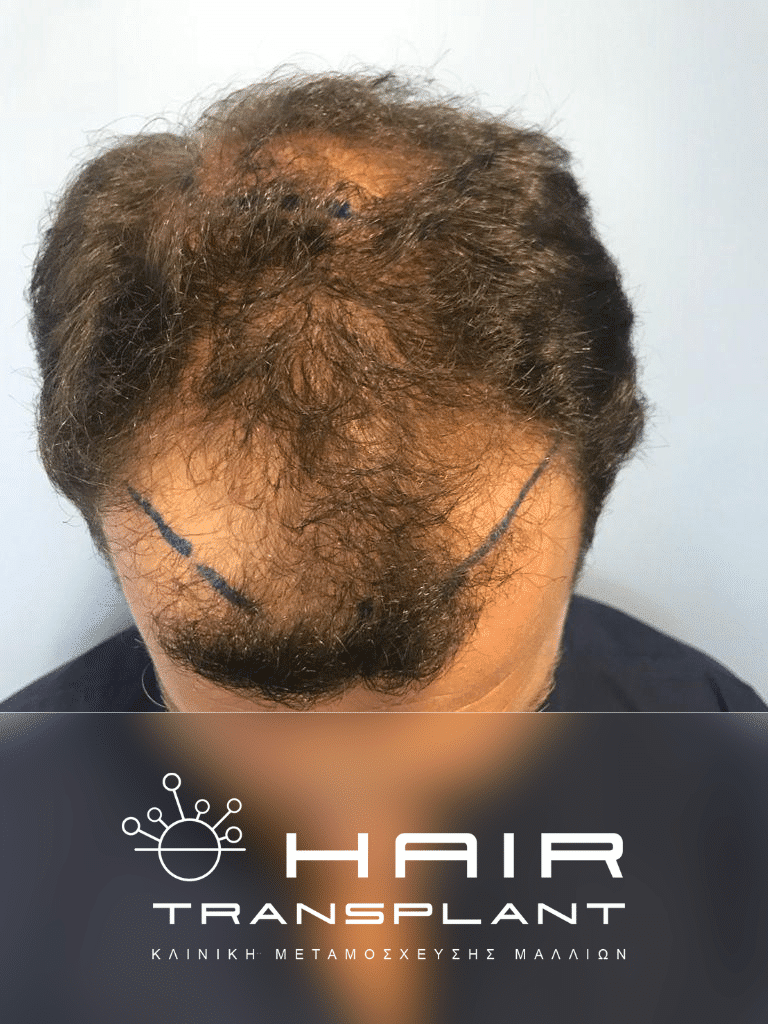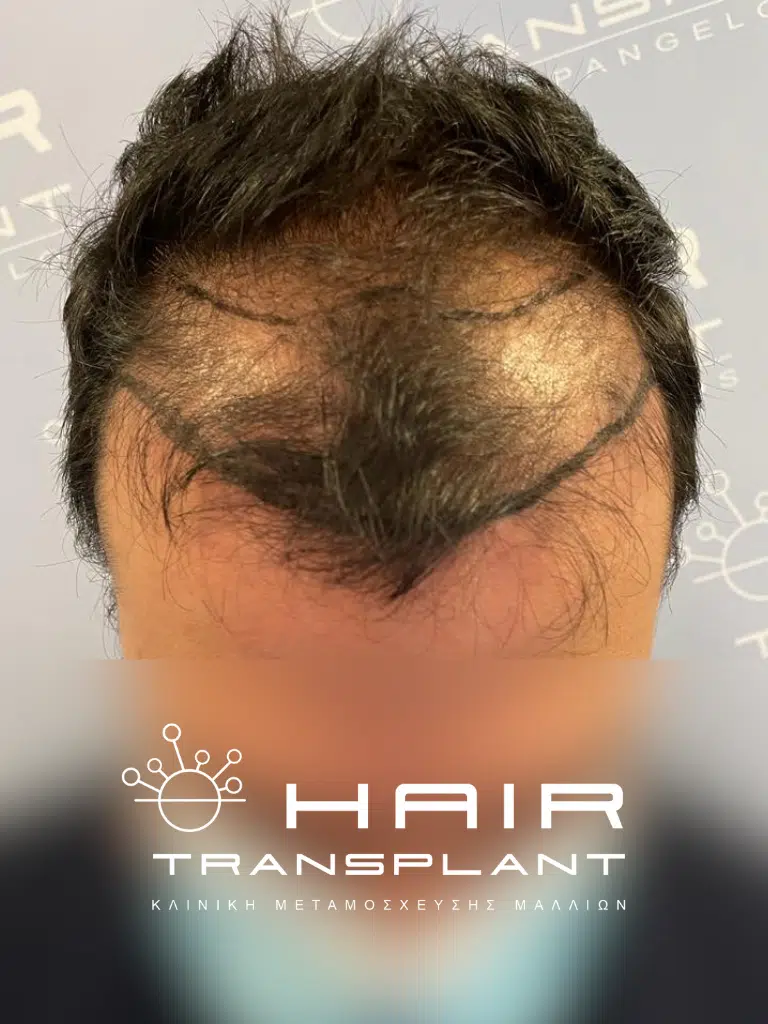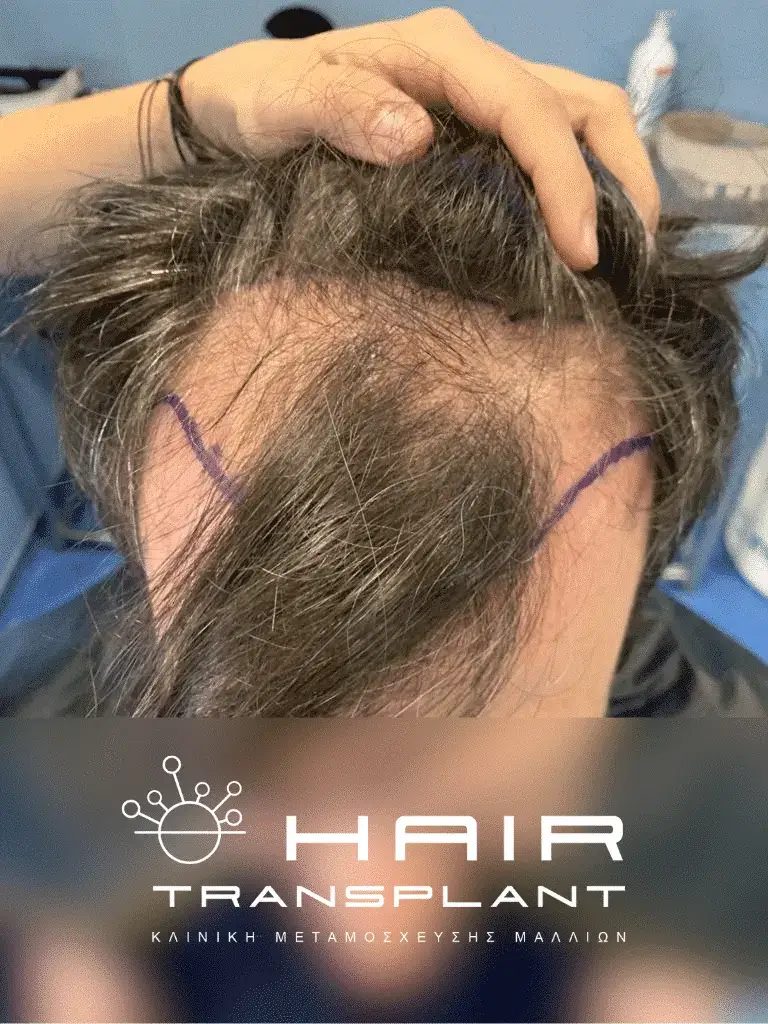

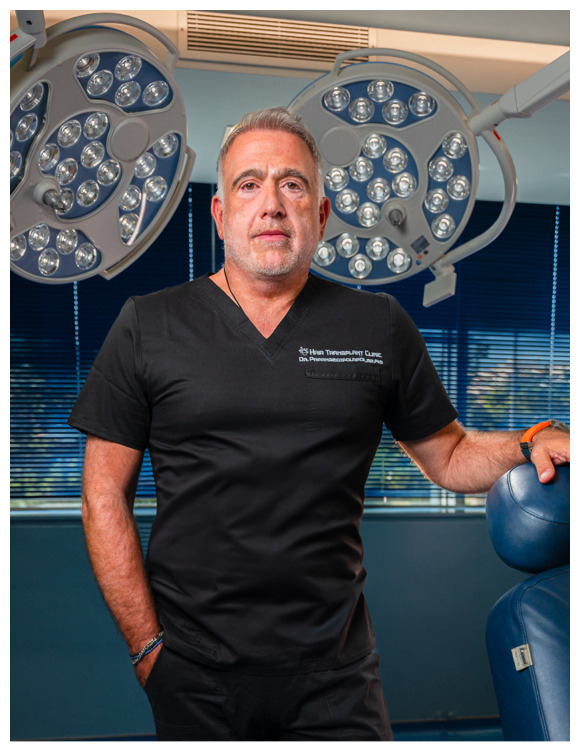
Ioannis
Papangelopoulos
MD, PhD
Hair transplant surgery is performed by Dermatologist-Surgeon Ioannis Papangelopoulos MD,PhD and his team, using the pioneering techniques of Hair Follicular Unit Transplantation.
FAMOUS PATIENTS
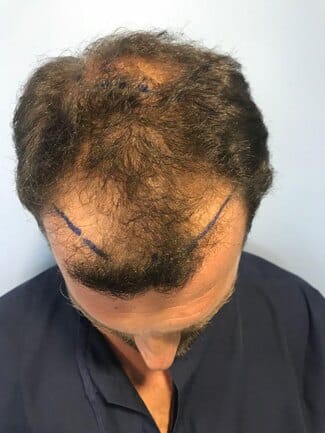

Constantinos Tsepanis


Panayiotis Antonopoulos
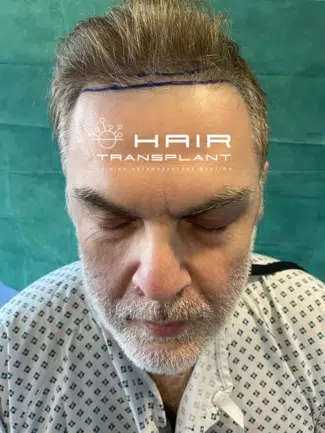

Antonis Loudaros
NEWS FROM OUR CLINIC

Title Hair loss after Covid-19 infection
Following research published by (Lambert et al, 2020) and the American Academy of Dermatology (AAD), patients are experiencing hair thinning or significant hair loss as a result of infection with

Nutrition and hair loss: What should a vegetarian look out for?
Vegetarianism (in its various forms) is gaining more and more fertile ground these days, as even in our country its advantages are being promoted over the previous prevailing opinion that

Antonis Loudaros at Hair Transplant Clinic
We would like to thank mr Antonis Loudaros, who trusted the Hair Transplant Clinic and underwent a hair transplant with complete success. The renowned team of doctors, led by Ioannis
BOOK A FREE DIAGNOSTIC APPOINTMENT
Fill out the form below and we will contact you to book a completely free diagnostic appointment for examination. The diagnosis is made by Dr. Ioannis Papangelopoulos (MD, PhD).



